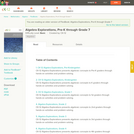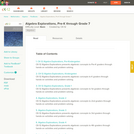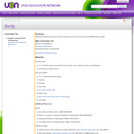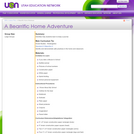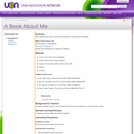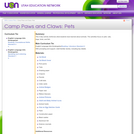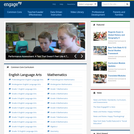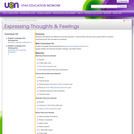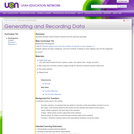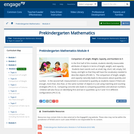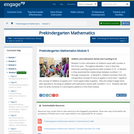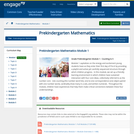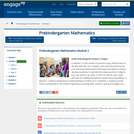(Nota: Esta es una traducción de un recurso educativo abierto creado por el Departamento de Educación del Estado de Nueva York (NYSED) como parte del proyecto "EngageNY" en 2013. Aunque el recurso real fue traducido por personas, la siguiente descripción se tradujo del inglés original usando Google Translate para ayudar a los usuarios potenciales a decidir si se adapta a sus necesidades y puede contener errores gramaticales o lingüísticos. La descripción original en inglés también se proporciona a continuación.)
En el módulo 2, en el contexto del juego en el aula, los niños aprenden a identificar, describir, clasificar, comparar y crear formas y objetos bidimensionales (2-D) y tridimensionales (3-D). Los niños desarrollan vocabulario para describir la posición relativa de los objetos (por ejemplo, arriba, abajo, arriba, abajo, delante de, detrás, sobre, debajo y al lado), construyendo habilidades de razonamiento espacial fundamental. En el módulo 1, los estudiantes desarrollaron una comprensión de los números a 5. En el módulo 2, los estudiantes practican estas habilidades de contexto en el contexto de la geometría (contabilidad de lados, esquinas, un grupo de triángulos, etc.).
English Description:
In Module 2, in the context of classroom play, children learn to identify, describe, sort, compare, and create two-dimensional (2-D) and three-dimensional (3-D) shapes and objects. Children develop vocabulary to describe the relative position of objects (e.g., top, bottom, up, down, in front of, behind, over, under, and next to), building foundational spatial reasoning abilities. In Module 1, students developed an understanding of numbers to 5. In Module 2, students practice these counting skills in the context of geometry (counting sides, corners, a group of triangles, etc.).
